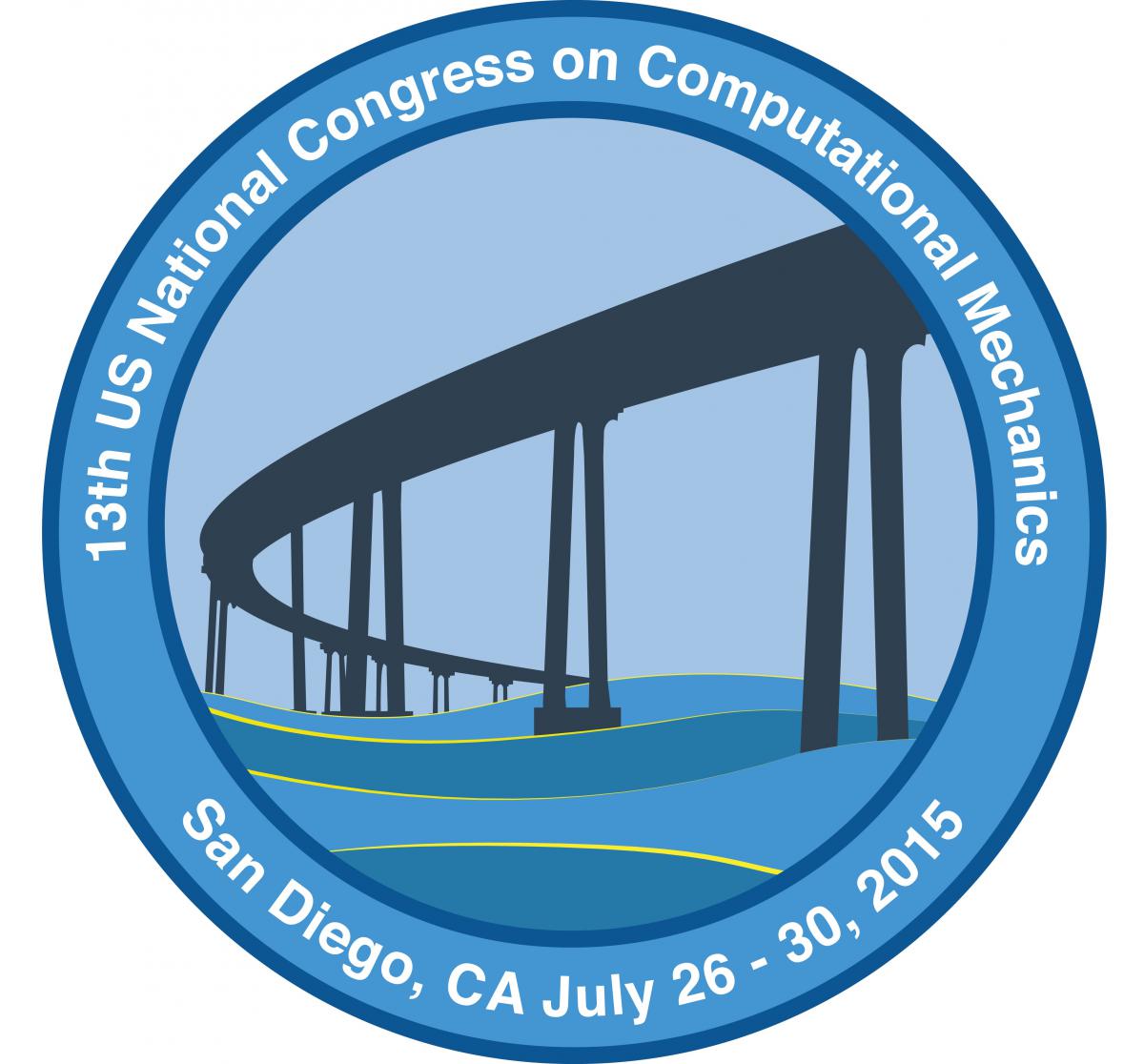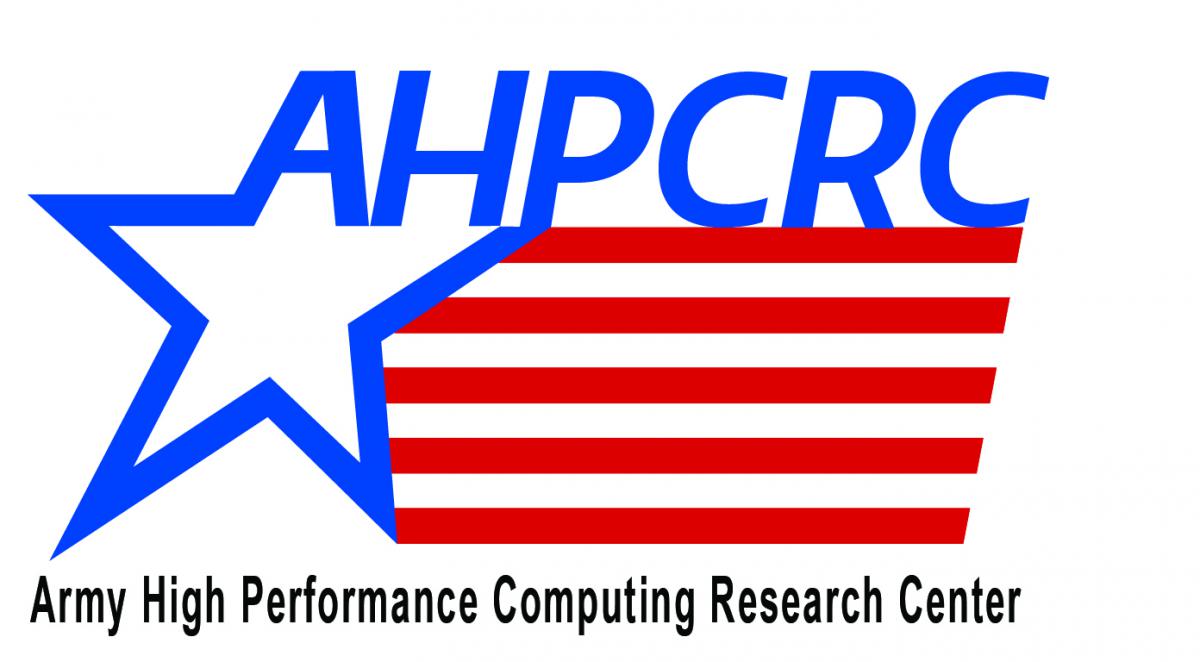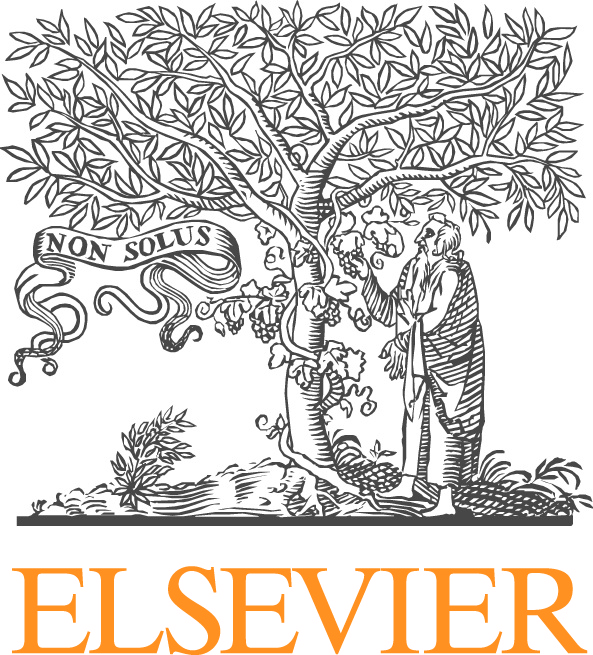Modeling Flow and Transport in Heterogeneous Porous Media
A detailed modeling of flow, reactive transport, and flow-induced damage propagation in deformable porous media is vital for addressing many important problems like carbon-dioxide sequestration, enhanced oil recovery, improved efficiency in fuel cells, seepage of contaminants, long-term storage of nuclear waste, and hydraulic fracturing. Although existing mathematical models, software packages, and numerical formulations address some aspects of these problems, it is widely acknowledged that much more work needs to be done (in both the modeling aspects and the development of numerical techniques) to be able to perform reliable and predictive simulations. This mini-symposium will serve as a platform to exchange ideas on theoretical and computational aspects of flow and transport phenomena in heterogeneous (deformable or rigid) porous media.
Theoretical aspects may involve (but not limited to):
• New and better models for multi-component and multiphase flow in heterogeneous porous media
• Critical reviews of current models used in the studies of flow through porous media (e.g., models based on the theory of interacting continua, porosity models)
• Modeling the dependence of viscosity on the pressure, and its effect on the flow and the deformation of the porous solid
• Effect of the deformation of the porous solid on the flow and transport
• Nonlocal formulations (peridynamic theory) for flow-induced damage propagation
Computational aspects may involve (but not limited to):
• Novel stabilized, mixed, and/or least-squares formulations for flow and transport equations
• Multi-scale methods for capturing heterogeneity
• Pore-scale visualization (e.g. high-resolution visualization of flow patterns in 2D and 3D) and digital imaging and construction of pore-structure
• Experimental determination of porous media and fluid properties





